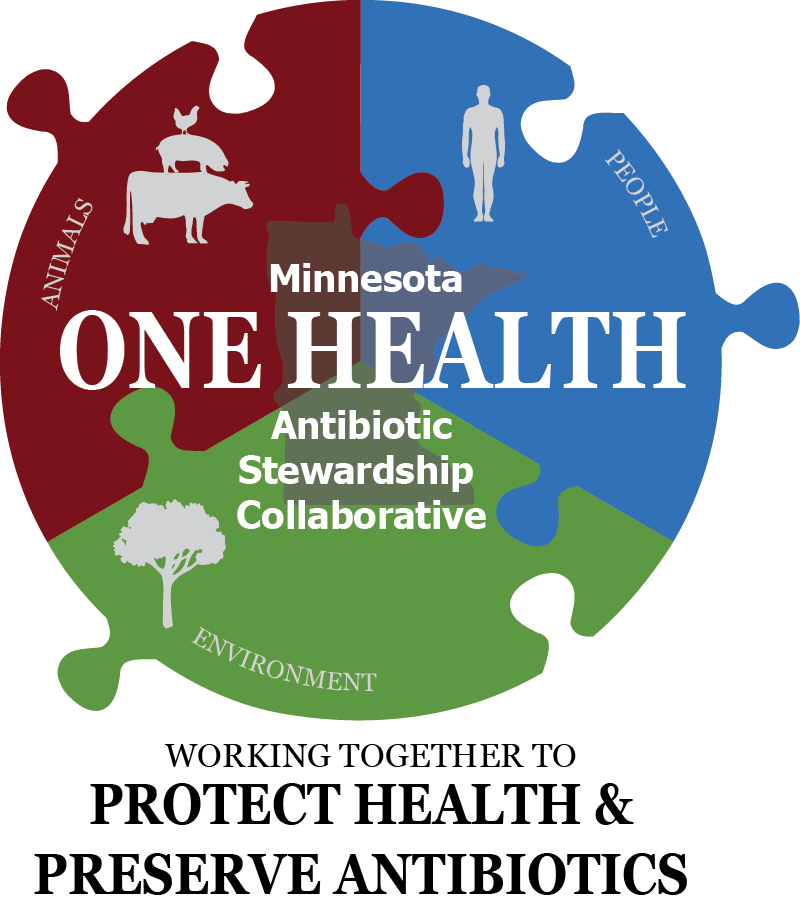A blueprint for combating antimicrobial resistance: MOHASC’s One Health approach
January 10, 2023

Antibiotic use, overuse, and misuse are primary drivers of antimicrobial resistance, which the World Health Organization has identified as one of the greatest global public health threats. Microbes such as bacteria, can adapt over time developing resistance to medicines and rendering treatment ineffective, so that even common infections and minor injuries can become deadly. Use of antibiotics in both human and veterinary medicine contributes to the problem—and both, as the authors of a recent publication argue, are important parts of the solution.
In the recent article named Editor’s Choice in the journal Open Forum Infectious Diseases, CVM researchers Emma Bollig, Dr. Amanda Beaudoin, and Dr. Jennifer Granick, along with partners from a range of institutions, advocate for a collaborative approach to antibiotic stewardship goals. They describe the structure and successes of the Minnesota One Health Antibiotic Stewardship Collaborative (MOHASC), which was launched in 2016 with the mission of providing a collaborative environment to promote judicious antibiotic use and to reduce the impact of antibiotic-resistant pathogens of human, animal, and environmental health importance. The group’s transdisciplinary, multi-sector One Health approach—recognizing the interconnectedness of human, animal, and environmental health—provides a model that can be replicated in other regions.
In sharing this model, MOHASC fills a crucial gap, given the scant number of state-level initiatives that take an action-based One Health approach to antibiotic stewardship, despite calls from the UN General Assembly and other institutions for just that. As Bollig notes, “By working across health disciplines, more progress can be achieved to meet stewardship goals and combat resistance, and MOHASC provides a reproducible framework to facilitate this.”
Read the full article in OFID.


